By Danish Reyaz
Tell us about your initial days in Kabul…
Till the late 1920s, my grandparents on both sides worked for Shah Amanullah Khan. My elder uncle took a degree in Automobile Engineering and went to Karachi. My father Abdul Aziz Durrani was a good sportsman. He was good at tennis, hockey and football. He also played two Test matches for India. We stayed in a locality in Karachi where the who’s who of the city used to live. One of them was the then opening batsman of Sind, J. Naumal. We were on family terms. He once saw my father keeping wickets in a local match and started encouraging him. My father played his first Ranji Trophy match when he was only 18. It was when Jamnagar came to play against Sind. Impressed by my father’s performance, the Raja of Jamnagar cajoled my uncle to let my father play for Jamnagar. When uncle gave permission, he shifted to Jamnagar and went on to play Ranji matches with the likes of Amar Singh, Ramji, Mani Shanker and many more. In 1937, Jamnagar became Ranji champion and my father was the opener and wicketkeeper. I was born in Kabul but was raised in Jamnagar. I did my matriculation from Mumbai’s Anjuman Islam High School. I was a regular on the school circuit. In the final of 1949 Cooch Behar Trophy played in Kolkata, I took six wickets. After schooling, I returned to Jamnagar and was selected for the Saurashtra Ranji Trophy team. In the first match against Gujarat in Ahmedabad, I made a century. I was only 16.
Were you confident that you would last for so long?
When I played in school, my dreams were not that big. In 1959, when I played a Test match against Australia, the captain of the team was DG Binoo. Even then, it did not occur to me that this was something special. It is interesting that I played my first and last Test match at Brabourne Stadium in Mumbai.
You won BCCI’s Lifetime Achievement Award this year. Was it too late in coming?
I don’t think it came too late. Everybody sees it from his own perspective. I see it as an award that has been conferred on only a few and BCCI has been generous enough to award this to me. I will always be grateful to BCCI for this.

How do you keep yourself busy these days?
I have a piece of land in Jamnagar. So the lion’s share of my time goes in its upkeep. I am also chairman of Rajasthan Cricket Association, so I spend the rest of my time in Rajasthan. I have a special place in my heart for Rajasthan as I spent 20 years in service of the Maharana of Udaipur and spent another 25 years with Rajasthan cricket.
You never made an attempt to start your own academy…
I am a cricketer and I believe that a kid that has potential has to prepare himself all alone. I don’t like academies. I do go there to help budding cricketers but I still believe that honesty is the most important aspect of grooming. I feel that is missing in academies. They have become another tool for money-spinning. If I ever start an academy, it will be free. I will always be grateful to Anjuman Islam and Ziauddin Saheb who trained me without expecting a single penny.
Did you ever try to be a part of the BCCI selection panel?
I have been a cricketer all along but I don’t think I have the capacity to be part of any committee. I pray that they do well. I can only go for advisory roles which I keep doing.
Who all do you consider the best cricketers of your era?
In my early days, I will rate Mushtaq Ali, C K Nayudu, Sir Frank Worrell, Ted Dexter and Sir Gary Sobers as the best. There was no visual medium at that time and these people used to draw huge crowds on their personal repute. I am lucky I played with them.
You were known for hitting sixes on demand…
At times, something good happens out of good intention. In Calcutta and later in Madras, I hit a six towards the gallery from where the demand came. It was pure luck that I did so. Call it the grace of Allah. And then it became a habit to hit a six towards the gallery from where the audience demanded it. But I still consider it a coincidence.
Tell us about the famous 1971 West Indies tour.
The tour of 1971 was historic in all respects. The first Test was a draw and then we went on to beat them in the second Test. In fact, it was for the first time that we defeated them at home. We had a world class line-up with Sunil Gavaskar, Vishwanath, Abid Ali, Eknath Solkar, Dilip Sardesai and others. We managed to draw the third Test as well. In the fourth Test, we had lost six of our players for 70, but then Dilip went on to hit 150 and Solkar scored a patient 65 to save the day for us.
Your take on your Rajasthan teammates Kailash Ghatani and Hanumant Singh…
Kailash was a talented fast bowler but he never got an opportunity to play for the country. I consider Hanumant Singh the finest batsman in terms of technique. When I see Sachin play, it always reminds me of Hanumant Singh.
You never realised your full potential…
I played in accordance with my potential. But wherever I played, I somehow managed to leave an impression. I was an average cricketer. The world holds me in high esteem.
People remember the 1973 Kanpur Test where you were dropped and spectators raised the slogan “No Durrani, No Test”. What exactly happened?
I had done really well in Calcutta and got hurt while playing in Madras. I had to take a runner. Sunil was that runner. And we went on to win that match. The next day, the team was to leave for Kanpur. The BCCI secretary should have explained why I was dropped. But since he kept quiet, the press took it otherwise and thought I was being dropped unfairly. And that is why the hooting happened. It was repeated in Bombay. I was very scared.
Players usually love it when they receive that kind of adulation from spectators…
When people have faith in you and expect a lot, it leads to pressure on the player. If you score well, spectators become happy, and when you don’t, the expectation persists.
Who was the best captain you played under?
Mansur Ali Khan Pataudi was my favourite captain. I am yet to see a better captain and human being than him. He used to consider us family. And I have seen him play a few innings that are so hard to repeat. And he used to be so modest about that. “It just happened,” used to be his response to any praise. He was always so encouraging. I suggest somebody must write a book specifically on his captaincy. CK Nayudu and Lala Amarnath were also good captains. But Sunny remains my favourite player.
You were a right-hand bowler first and then shifted to left-hand bowling…
I used to bowl with both hands as I was a good tennis player. But my father felt I bowled better with the left, so I stuck to that.�����
What was the standard of domestic cricket in your days?
It was much better than today. Domestic cricket had quality players then. Today, we might have quantity, but the quality has declined.

Your opinion on IPL. Is it good for Indian cricket?
IPL is ruling the roost now. It has its merits and demerits. The good part is, second-rung players get a chance to play. It is going well and definitely its future is bright. But it is a different ball game to play for one’s own country. The thrashing that we received in England is because of this complex situation.

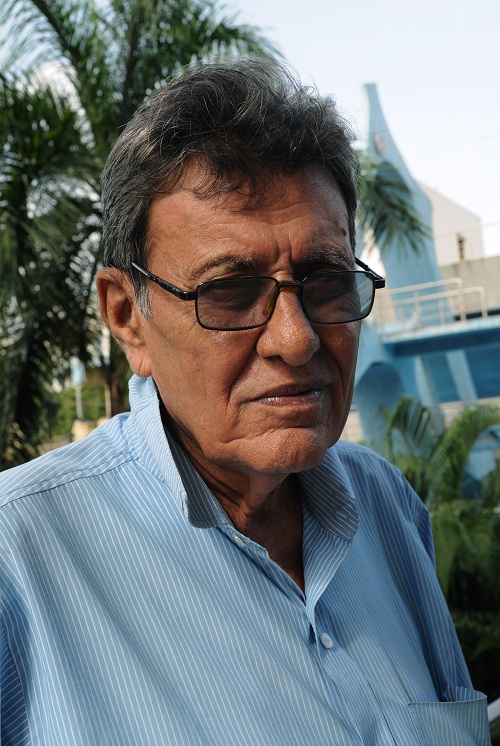
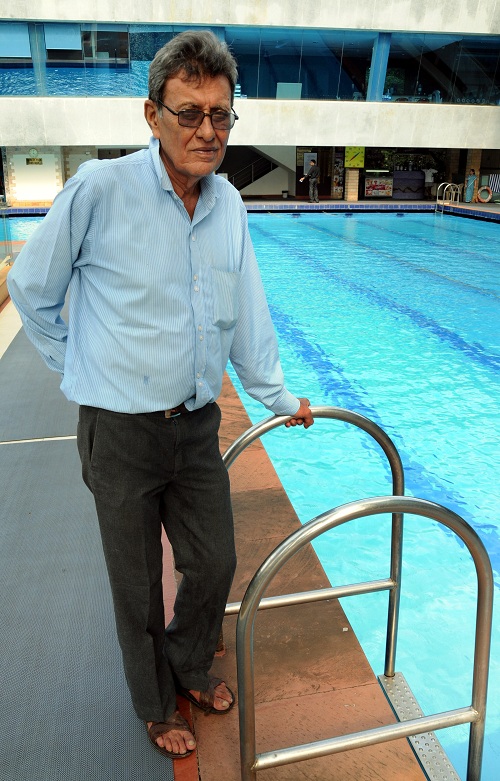
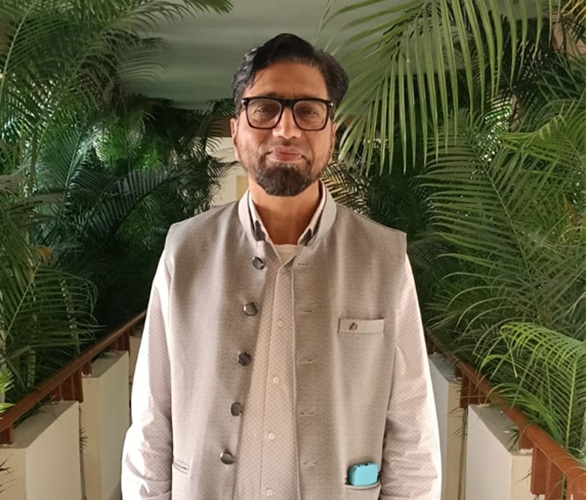
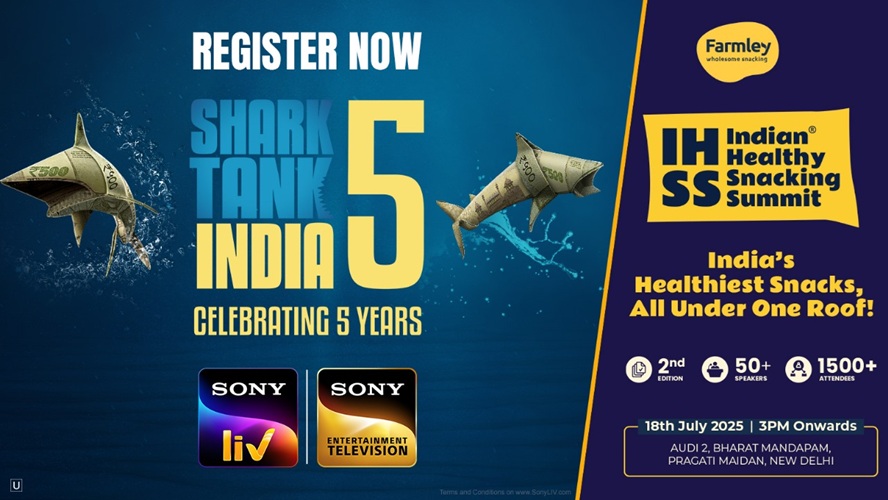
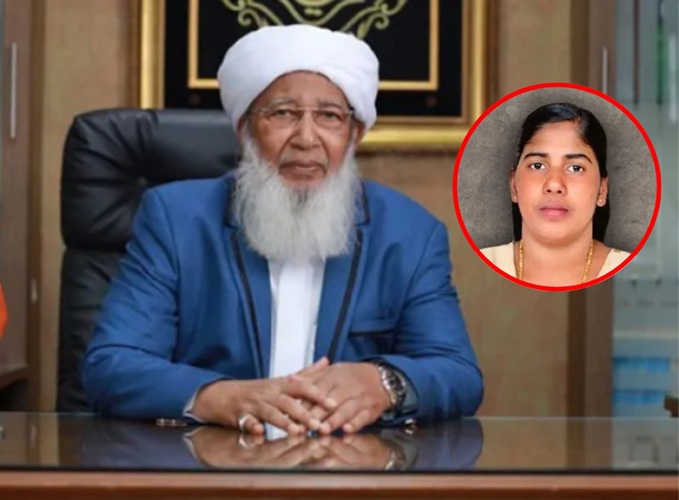
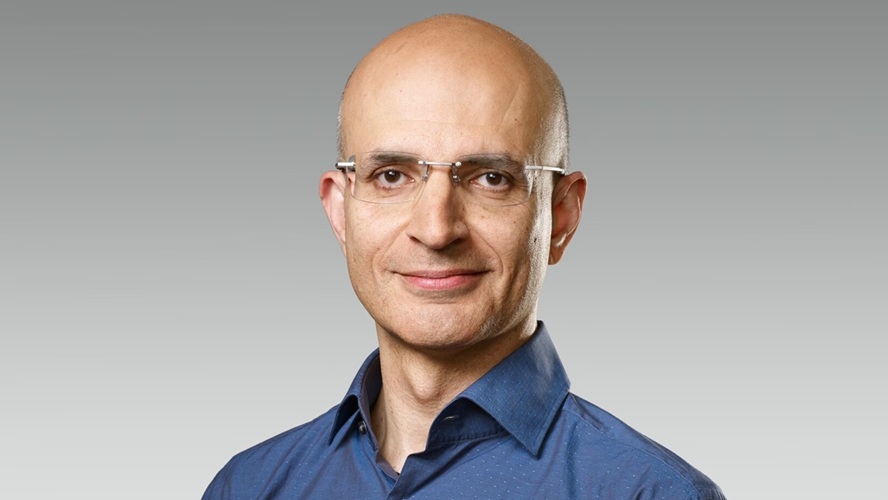
0 Comments